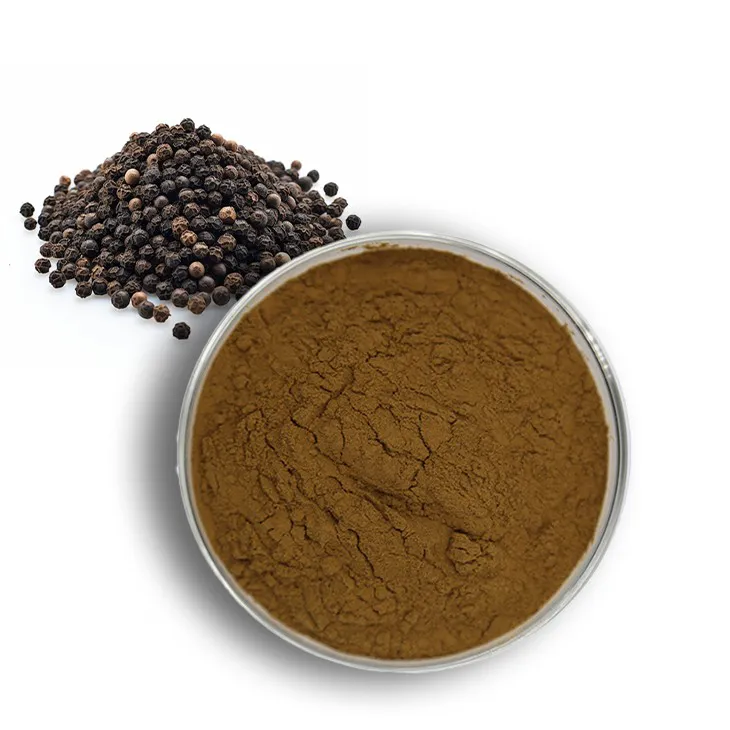- 0086-571-85302990
- sales@greenskybio.com
Building a Heart-Healthy Plate: Foods to Embrace and Avoid
2025-10-17
Heart disease remains the leading cause of death among U.S. adults, but adopting heart-healthy dietary habits can significantly mitigate risks associated with chronic conditions. By making simple changes to your diet and lifestyle, you can promote long-term health and potentially prevent heart disease.
Top Heart-Healthy Foods to Include
Fruits and Vegetables: Begin by incorporating a variety of fresh or frozen fruits and vegetables into your meals. Aim to fill half your plate with colorful produce such as leafy greens (kale, spinach), fresh vegetables (carrots, bell peppers), berries (blueberries, strawberries), and fruits (oranges, bananas).
Whole Grains: Rich in fiber, whole grains are vital for heart health. Introduce grains like barley, brown rice, quinoa, oats, and whole wheat products into your daily meals.
Lean Proteins: Opt for lean protein sources to satisfy hunger and support heart health. Consider including beans, lentils, chicken breast, fish, unsalted nuts, tofu, and eggs.
Healthy Fats: Replace saturated and trans fats with heart-friendly fats such as avocados, olive oil, and fatty fish. Unsalted nuts and oil-based salad dressings also support cholesterol balance.
Low-Fat Dairy: Substitute full-fat dairy with low-fat options like cottage cheese, yogurt, and milk to reduce saturated fat intake while maintaining nutritional benefits.
Foods to Limit or Avoid for Heart Health
Minimize foods high in fats, sugar, and sodium, as these can elevate the risk of heart disease:
Alcohol: Limit consumption of alcoholic beverages such as beer and cocktails.
Cholesterol-rich foods: Reduce intake of bacon, whole milk, and ice cream.
Processed meats: Items like beef jerky and lunch meats contain high sodium and saturated fats.
Saturated fats and Trans fats: Found in butter, fried foods, sweets, and processed snacks like crackers and chips.
Sodium-heavy foods: Watch out for high salt content in processed foods, ready meals, and store-bought sauces.
Sweets and added sugars: Keep an eye on candy, pastries, and sodas containing high sugar levels.
Guidance from Verywell
Selecting nutrient-rich foods like walnuts, wild blueberries, and leafy greens promotes heart health by keeping arteries flexible and managing cholesterol levels.
Recommended Heart-Healthy Diets
Research supports specific eating plans that bolster heart health and reduce the risks of heart attack and stroke:
DASH Diet: Focuses on low sodium intake and incorporates fruits, vegetables, whole grains, low-fat dairy, and lean proteins, proven to lower blood pressure.
Mediterranean Diet: Emphasizes whole foods like fruits, vegetables, legumes, and olive oil, reducing heart disease risk.
Plant-Based Diet: Centers on vegetarian foods, naturally low in saturated fats, supporting heart health.
TLC Diet: Limits dietary fat and encourages fiber-rich foods to lower cholesterol levels.
Simple Heart-Healthy Meal Ideas
Start with easy meal ideas to transition to heart-healthy eating:
Baked chicken with brown rice and salad
Black bean veggie burger on a whole grain bun
Grilled salmon with quinoa salad and roasted vegetables
Oatmeal topped with berries and almonds
Shrimp tacos with fresh vegetables and guacamole
Spinach salad with grilled chicken and walnuts
Vegetable egg white omelette
Heart-Healthy Tips for Dining Out
Dining out while maintaining a heart-healthy diet is attainable with a strategic approach:
Review menus before visiting restaurants to select suitable meals.
Ask servers about healthier preparation options, such as using olive oil instead of butter.
Fill your plate with fruits and vegetables or request sauces on the side.
Consider taking half of your meal home to manage portion sizes.
Always consult your healthcare provider or a registered dietitian nutritionist before starting a new eating plan to ensure that it aligns with your specific health needs.
- ▶ Hesperidin
- ▶ Citrus Bioflavonoids
- ▶ Plant Extract
- ▶ lycopene
- ▶ Diosmin
- ▶ Grape seed extract
- ▶ Sea buckthorn Juice Powder
- ▶ Fruit Juice Powder
- ▶ Hops Extract
- ▶ Artichoke Extract
- ▶ Mushroom extract
- ▶ Astaxanthin
- ▶ Green Tea Extract
- ▶ Curcumin
- ▶ Horse Chestnut Extract
- ▶ Other Product
- ▶ Boswellia Serrata Extract
- ▶ Resveratrol
- ▶ Marigold Extract
- ▶ Grape Leaf Extract
- ▶ New Product
- ▶ Aminolevulinic acid
- ▶ Cranberry Extract
- ▶ Red Yeast Rice
- ▶ Red Wine Extract
-
Curcuma Longa Extract
2025-10-17
-
Clove Powder
2025-10-17
-
Lemon Juice Powder
2025-10-17
-
Plantain extract
2025-10-17
-
Acerola Juice Powder
2025-10-17
-
Black Pepper Extract
2025-10-17
-
American Ginseng Root Extract
2025-10-17
-
Uridine-5'-monophosphate Disodium salt
2025-10-17
-
Troxerutin
2025-10-17
-
Phellodendron Extract
2025-10-17





















